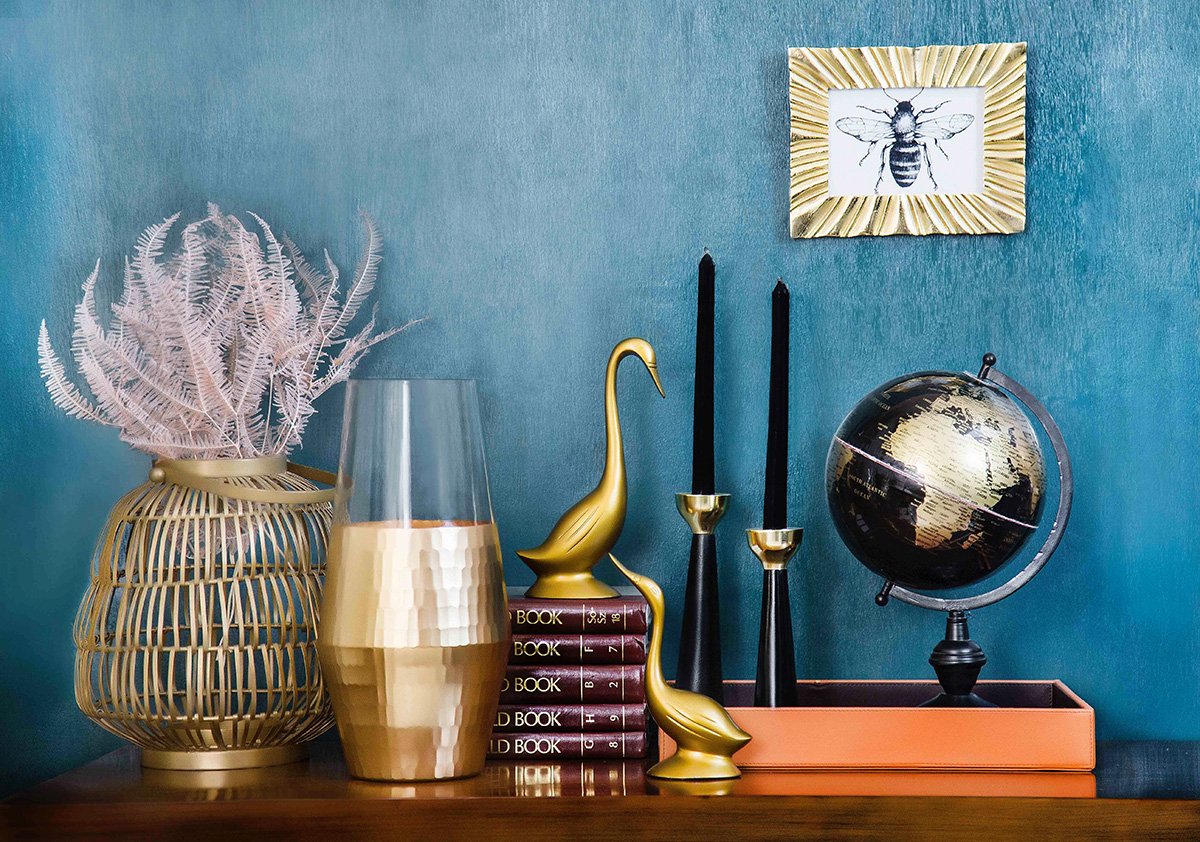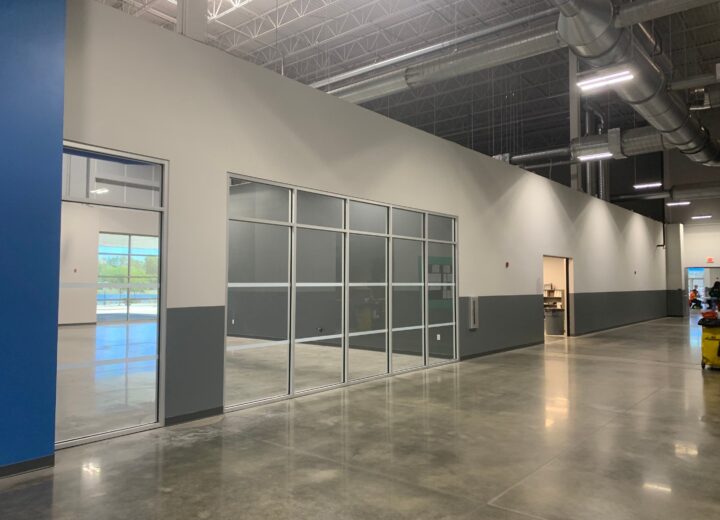
Faux finishes offer a unique touch to any décor. They can be used to accentuate a modern or retro décor or to enhance a Renaissance-type look. Some are more trendy than others and can actually create an environment that works well for families with small children. Some faux finish techniques can be used in close proximity to one another creating a blended effect. Others may work well with a solid color anchor wall to help balance the room.
Chalkboard Painting
Chalkboard paint can be applied to any smooth surface. You can paint an entire wall or only a section. It can be used on dressers and storage bins as well. Chalkboard paint is ideal for a child’s room, family room or play area. Have a small basket of chalk sitting nearby and the children (and adults) can draw to their heart’s content. It is extremely easy to keep clean with only a spray bottle of water and a soft cloth. You may also choose to apply the paint to one of your kitchen walls, which will give you the perfect area to leave notes for the family.
Distressed or Antiqued Paint
Distressing techniques give the surface an antique-ish look. This technique can be used on ceilings and on wood paneling that is used to create half-walls or wainscoting. Apply a layer of darker paint and then use a dry brush technique to apply two or three coats of lighter colored paint. This adds texture and definition to the surface. You can also run a sander lightly over the surface to give the finished surface a smooth, weathered look.
Metallic Paint/Plaster
Metallic paint and plaster can be used in rooms where you want to create a shimmery appearance. While the paint goes on smoothly, the metallic plaster is much thicker and can be contoured or textured using a variety of different tools. Designs and patterns can be created that sets off the shininess of the paint, giving the surface a slightly reflective appearance. Metallic paint/plaster can be used in almost any room and is also suitable for ceilings if you want to create a visual effect.
Sponge Paint
Sponge painting can be used to create a variety of textures. Small sponges can be used to create a mottled look, while sponges with larger openings can actually be used to create a stone-wear type of appearance. You can also create various patterns and designs using different shaped sponges. Using a darker layer as your base, you can add multiple color variations to create depth and give the wall a unique textured look. This type of texture works well in the bathroom or in the bedroom where textures tend to blend well with linens and upholstery.
Textured Paint
Textured paint is a perfect choice if you don’t want a smooth surface but aren’t sure you want to take the time and effort to layer and texture your paint. You have two choices. The first option is to texture the paint yourself by adding small amounts of silica sand until you reach the desired consistency. You can also buy your paint with the silica sand or other grainy substance already mixed in. When using textured paint, you will want to make sure it is well-blended before you start. You will also need to paint at a slightly slower pace to ensure that you get the proper coverage.
There are many different faux finishes that can be used on your walls, ceilings, doors, and even your floors. A good example of this is using textured paint on your garage floor to prevent slipping and sliding if the surface is wet. Do your research and you will uncover many different faux finishes that you can use throughout your home to accentuate your décor and beautify your living area.






